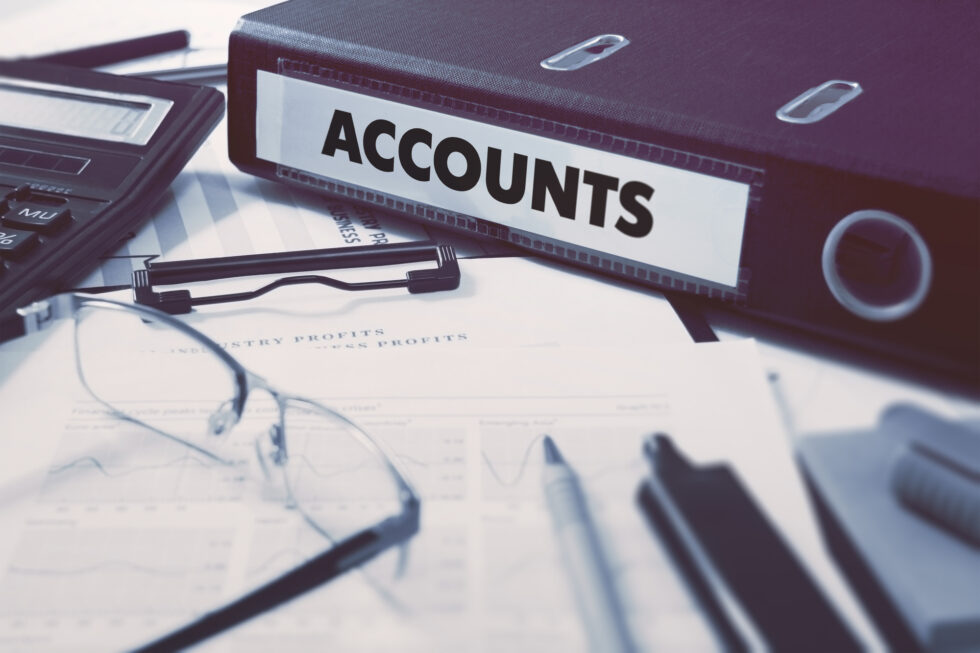You may think reconciling your books is a tedious process, but it doesn’t have to be. In this blog post we’ll go over the steps needed to prepare a reconciliation and how you can streamline the process so that it’s as painless as possible.
What is a general ledger account reconciliation?
A reconciliation is a process of examining the differences between two sets of data. In most cases, this means examining the differences in reports from two different sources. An account reconciliation involves examining data from your general ledger and an independent 3rd party document to identify discrepancies. You’ll need to review each item on both sets of records (general ledgers and bank statements) for a match, or an explanation as to why there are differences.
Why do reconciliations matter?
Account reconciliations are important steps in business accounting. There are several reasons why it is important to stay current on account reconciliations:
- Maintain accurate financial records.
- Help you become more aware of your company’s financial health.
- Confirm and ensure that your company’s records are current and accurate.
- Identify possible errors that may be caused by bookkeeping mistakes or fraud.
- Losses due to errors in the general ledger may accumulate over time, leading to a lack of clear direction for future success.
Account reconciliations are an important aspect of maintaining accurate accounting and complete financial records. They should be done on a regular basis to avoid discovering errors later in the fiscal year or even after a fiscal year has come to an end.
Types of reconciliations
There are many different types of account reconciliations. The most common are the following:
- Bank Reconciliation – this type of reconciliation compares deposits and withdrawals. It is used to ensure that all transactions have been recorded correctly in the ledger, and it typically includes accounts such as checking, savings or money market account balances. Bank reconciliations are the most common.
- General Ledger (GL) Reconciliation – This type of reconciliation checks that all transactions have been recorded correctly in the General Ledger. It is important to note this reconciliation does not check how much money was debited or credited from a bank account, but it ensures that every transaction has been accounted for and reconciled with the original document such as an invoice, sales receipt, purchase order, or payment.
- Trial Balance Reconciliation – This type of reconciliation checks that the General Ledger balances are correct for all accounts in the ledger.
How to prepare a reconciliation
Since your cash account is integral to the financial health of your business, we will focus on how to reconcile your bank account.
The most common approach is to reconcile the bank balance to the book balance to determine the true cash balance. First, determine which items you know about, but the bank may not know about:
- Outstanding checks – Checks you have issued, but the payee has not cashed yet. These are subtracted from the bank balance.
- Deposits in transit – Deposits made to the bank, but not posted to your account. These are added to the bank balance.
- Errors – The bank incorrectly posted an item to your account. Depending on the error, these are added or subtracted to the bank balance.
Second, determine which items the bank knows about, but you may not know about:
- Insufficient Funds Checks (NSF) – These are checks from customers that bounced. Subtract these from the book balance.
- Serviced charges – Costs charged by the bank. Subtract these from the book balance.
- Interest earned – This is more common for savings accounts but could be an incentive on a checking account. Add interest earned to the book balance.
- Errors – Bookkeeping errors made by the entity. Add or subtract from the book balance.
Last compare the bank statement to your cash general ledger account. Make note of any differences. These are entered into your bank reconciliation.
Example of how to do a bank reconciliation
Here’s an example to help you visualize how the parts fit together. You are the senior accountant for Once Upon a Wine, LLC. The bank statement on April 30 has an ending balance of $5,420. Your book balance on April 30 is $6,812.
The April bank balance excluded $2,229 of receipts that you deposited April 30 and recorded by the bank on May 1. It also includes $530 of checks written in April, that did not clear until May. The bank statement showed the bank collected $800 on a note owed to Once Upon a Wine, checks totaling $500 had been deposited but returned for insufficient funds, and service charges were $29. Last, a check for $95 written by the company cleared for $59.
We provide your organization a true end to end solution to all of your tax needs. Tax season is year round to Protea – if you aren’t preparing daily, it’s too easy to get behind. We are always working with your organization to streamline your businesses tax management.

